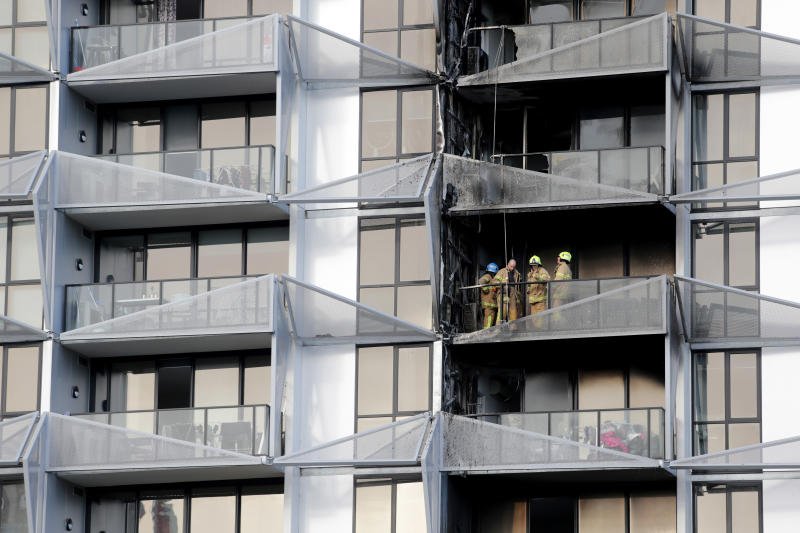The Lacrosse Fire Decision – How it affects Builders, Owners & Consultants
Four years after the fire at the Lacrosse building in Melbourne’s CBD, apartment owners will receive compensation for much needed repairs after a five-week long VCAT hearing attributed responsibility for the damage caused.
In a decision that will have widespread ramifications in the building and legal industries, His Honour Judge Woodward determined that the Lacrosse builder’s negligence in installing unsuitable cladding was the result of breaches by the Building Surveyor, Architects and Fire Engineer; and that these consultants are liable for the $5.7million repair costs.
Lacrosse building in Melbourne’s CBD, source: Scott Barbour, The Age.
VCAT attributes liability to Consultants for fire
His Honour Judge Woodward handed down his decision that the Lacrosse builder, LU Simon Pty Ltd, was not to blame for installing flammable wall cladding that rapidly carried a fire up the apartment building.
Considering how quickly the fire spread up the walls of the Lacrosse building, it is unsurprising that His Honour found that the aluminium composite panels (which have a non-fire retardant polyethylene core) were not “suitable materials” fit for use in the large apartment building under S 8(b) the Domestic Building Contracts Act 1995 (Vic). As such, they were not compliant with the ‘Deemed-To-Satisfy’ provisions of the Building Code of Australia (BCA), which contains technical provisions mandating the proper design and construction protocol of buildings and other structures.
It was held that, although the LU Simon was primarily liable to pay damages to the owners for the breach of the Building Contract, this breach arose due to the failure of the consultants to exercise due care and skill in their roles during the planning stages of the Lacrosse project.
Each consultant was deemed to have negligently breached their duty of care, and subsequently the damages order for repair costs was apportioned between them.
Blaze rapidly climbs Lacrosse building from 8th floor balcony, source: Metropolitan Fire Brigade.
Where did the Consultants go wrong and how much blame do they get?
In a decision that will likely have significant consequences for building professionals Australia-wide, His Honour focused on the selection and approval process that occurred prior to the installation of the problematic cladding, and therefore shifted blame for the unsuitable materials from the builder to their consultants.
So, who is actually at fault, and where did they go wrong?
The Architect – Elenberg Fraser Pty Ltd
The architect responsible for designing the Lacrosse building was ordered to pay 25% of the damage award, due to their failure to rectify the defects in their building design. Essentially, the Architect’s drawings and specifications provided for the extensive use of aluminium composite panels throughout the building, despite these panels not complying with the BCA. His Honour deemed it self-evident that, had the architects constructed a compliant design, LU Simon would not have installed the unsuitable materials at Lacrosse.
The Fire Engineer – Thomas Nicolas
Tanah Merah Pty Ltd, who traded as “Thomas Nicolas”, was deemed most responsible for the approval of the combustible cladding, with His Honour ordering that they pay 39% of the total damages awarded. The engineer failed to conduct a full engineering assessment of the Lacrosse tower, and ultimately ought to have recognised that the cladding did not comply with the BCA, and at least warned LU Simon of this fact (if not also the other consultants).
The Building Surveyor - Stasi Galanos
Finally, Stasi Galanos (and, vicariously, his employer Gardner Group) were apportioned 33% liability for the damage award, as it was found that they recklessly issued a Building Permit for Lacrosse that approved the architect’s non-compliant use of flammable cladding. It was found that the surveyor issued the permit based on a flawed and unreasonable view about the application of the BCA to the cladding, and further failed to query (or even notice) the incomplete description of cladding systems in the Fire Engineer’s report.
The Tenant – Jean-Francois Gubitta
Interestingly, the tenant who ignited the fire by carelessly leaving his cigarette butt in a plastic container was found liable for 3% of the damages award. However, as no party has sought a judgment against him, LU Simon would not be reimbursed for this portion of damages.
Firefighters assess damage to Lacrosse building after 2014 fire, source: Wayne Taylor, The Age.
What does this mean for building professionals?
This decision demonstrates the Court’s intention to tighten their grip when it comes to compliance with the Building Code of Australia, which could prove detrimental to building professionals Australia-wide who currently use aluminium-composite cladding or other combustible materials.
The building surveyor’s defence of ‘peer professional opinion’ under S 59 of the Wrongs Act failed in this instance; a defence that generally allows professionals to escape liability if they acted in a manner that is widely accepted by Australian practitioners in their field. It was found, however, that the cladding used did not satisfy the ‘Deemed-To-Satisfy’ provisions of the Building Code, and that as expert surveyors ought to have known this.
Our Services
At Oldham Construction Lawyers, we have extensive experience acting for builders, engineers, architects, surveyors and a range of building professionals, particularly in complex matters to recover damages in Building and Property List for VCAT.
Building regulations and codes are constantly changing, and this case clearly demonstrates that there is a hefty onus on all building professionals to be on top of these requirements. Allowing us to handle any matters arising within your construction projects, in a cost and time-efficient manner, could make all the difference.
Contact us today on (03) 9640 0002, or email info@oclawyers.com.au, to arrange an appointment with us, and our team of dedicated lawyers.




